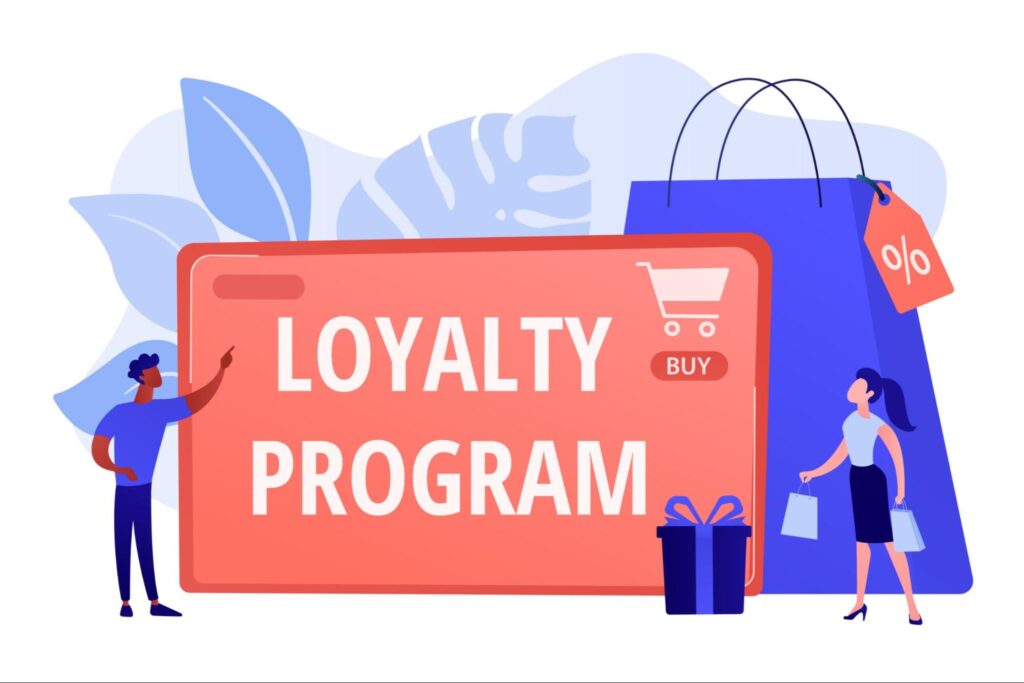5 Ways Customer Satisfaction Determines Your Ecommerce Business Growth

Irene Wanja | Nov 16, 2021
Reading Time: 5 minutesHigh-quality customer service goes a long way toward the goal of having happy customers. People value your “service” to them—ease of purchase process, delivering on promises, level, and transparency of information provided, how quickly you respond to questions and handle issues—more than the actual price of the product or service they purchase from you.
Ecom store owners can build their brand’s reputation by making sure their customers come away from interactions with their business feeling satisfied and well taken care of. Cultivating a positive relationship with your customers creates a good reputation, and a good reputation leads to attracting new customers and growing your business. So, it’s important to prioritize your customer support to achieve high customer satisfaction!

According to Kotler and Armstrong (2012), the definition of customer satisfaction is “the extent to which a product’s perceived performance matches a buyer’s expectations.” If a product exceeds customer expectations, it is likely that you will have repeat sales in your ecommerce store.
So, let’s take a look at how to prioritize customer service, and how doing so is linked to business success.
1. Good Customer Care Considers Customer Lifetime Value (CLTV)

Customer Lifetime Value (CLTV) defines the services that would be provided to a customer in the long run, and the potential expenditure per year. This phenomenon correlates with good customer service.
A study by the consulting firm Deloitte states that companies that have taken into account a good customer experience are 60% more profitable. And those who have considered the benefits of Customer Relationship Management (CRM) enjoy higher rewards through greater profits. CLTV is used to predict basic measures when calculating customer profits over time. Time Doctor goes on to explain that large companies have also found that up to 40% of their clients are marginally profitable, and just 20% of them contribute up to 80% of total profits. How you treat that 20% margin of customers is important for any business.
2. Good Customer Care Increases Revenue Base

Repeat ecommerce sales generate more business and provide assurance of revenue in the months to come. For your ecommerce business revenue to grow, you need new customers who are hard to convince, especially if the product is new to the market. A top-notch customer service model for ecommerce businesses will help attract new customers and recoup funds spent.
Most businesses that have great sales also spend a lot of money on their customer experience, and that’s a worthwhile goal. According to statista.com, $240 billion were spent in the United States alone in 2019, equating to billions of dollars spent on advertising that year. The positive aspects of customer service lead to loyalty and retention.
Acquisition vs. Customer Retention

Acquiring a new customer can cost up to five times more than getting a repeat customer, but a business can survive just by retaining its current customer base. However, “poor” customer service will cause a business to lose up to 68% of its current customer base. For an ecommerce business to survive in these tough economic times, one of the things it needs to keep in mind is the value of its customers.
Get Profits from Loyal Customers

According to a study conducted by Access Development, loyal customers come back for repeat purchases 90% of the time and are likely to spend 60% more on each purchase. And 75% of returning customers purchase first through mobile app platforms. So, be sure to retain your ecom customers by notifying them in advance of price increases and offering them discounts on certain purchases. If you do not take their wishes into account, they will not stay with you for long.
3. Good Customer Care Decreases Churn Levels
Churn rate is a measure of the number of customers who make a single purchase and never return! Most ecommerce customers would not return to a store if they weren’t satisfied with the products sold and/or customer service provided. It is a reality in ecommerce today to consider a good customer experience and make service delivery the growth engine of the business.

4. Good Customer Care Improves Positive Brand Awareness
Popularity does not lose its value after a decade; the majority of popular brands still get the attention they deserve today. Most customers are willing to share bad customer experiences that shame a particular company, but they would resist sharing positive experiences. It is believed that such customers would act on emotion rather than experience. An ecom business owner that wants to be successful should always consider how the customer feels about the brand’s services and products.
Positive testimonials from customers act as an advertisement for the brand. According to Groove, 55% of customers have become customers because of positive testimonials from brand ambassadors.

5. Good Customer Care Service Reduces Marketing Spending
Marketing involves word-of-mouth referrals from loyal customers, and it’s a common trend for well-established businesses to receive many referrals that way. An ecom business can benefit greatly from this marketing trend if they just embrace it in a positive way. A great customer experience is what most marketers want to see as an impact on a customer. According to Groove, 81% of businesses rely on email marketing to attract or retain their customer base.
Even in the age of social media, where ads on Facebook and Instagram can lead to sales, word of mouth is still the most important marketing tool. Millennials especially love to share their favorite brands online.

Conclusion
A business cannot survive without customers, and the happier you keep yours, the more sales and money your business will make. By focusing on providing a high level of customer service and following the suggestions in this article, you’ll be well on your way to happy customers that return time and time again!
Resources
Razak, I., & Nirwanto, N. (2016). “The Impact of Product Quality and Price on Customer Satisfaction with the Mediator of Customer Value” [Ebook]. Journal of Marketing and Consumer Research.
Deloitte. (2017). “Wealth Management Digitalization changes client advisory more than ever before”. Www2.deloitte.com.
Statista. (2021). “Topic: Advertising industry in the U.S.”. Statista. https://www.statista.com/topics/979/advertising-in-the-us/.
Rawson, Rob. (2021). “The Power of Customer Retention (Infographic)”. Time Doctor. https://biz30.timedoctor.com/the-power-of-customer-retention-infographic/.
Autry, Ashley. (2021). “Loyalty Statistics: The Ultimate Collection”. Blog.accessdevelopment.com. https://blog.accessdevelopment.com/the-ultimate-collection-of-loyalty-statistics.
Rosen, Melissa. (2021). “11 Reasons Customer Service is Important (When You Already Know It Is)”. Groove Blog. https://www.groovehq.com/blog/why-customer-service-is-important.



Table of Contents
1. Good Customer Care Considers Customer Lifetime Value (CLTV)2. Good Customer Care Increases Revenue BaseAcquisition vs. Customer RetentionGet Profits from Loyal Customers3. Good Customer Care Decreases Churn Levels4. Good Customer Care Improves Positive Brand Awareness5. Good Customer Care Service Reduces Marketing SpendingConclusionResourcesTable of ContentsAbout the authorLeave a Comment Cancel ReplyAbout the author
Irene Wanja
Irene, a skilled Revenue Optimization Specialist for Build Grow Scale, combines an unparalleled focus on user research and a deep understanding of the ecommerce customer journey to orchestrate optimal shopping experiences. With an uncanny knack for detecting and addressing customer pain points through meticulous user testing, she utilizes tools such as moderated user tests, heatmaps, scrollmaps, and clickmaps to fast-track improvements in user experience and usability. Her keen eye for detail aids in swiftly spotting potential issues and implementing solutions, all while working closely with store owners and applying her intricate comprehension of user interactions. Passionate about software and technology, Irene immerses herself in enhancing her clients' business clarity, efficiency, and user satisfaction. Even though the value of user experience doesn't conform to a conventional numerical scale, the tangible outcomes of her work—improved user experience, amplified retention rates, and reduced customer support issues—are testaments to her prowess. Beyond her revenue optimization skills, Irene is a skilled writer and copywriter. She weaves her profound insights into engaging prose, crafting content that not only resonates with diverse audiences but also demystifies the complexities of user experience, consequently benefitting businesses worldwide.



